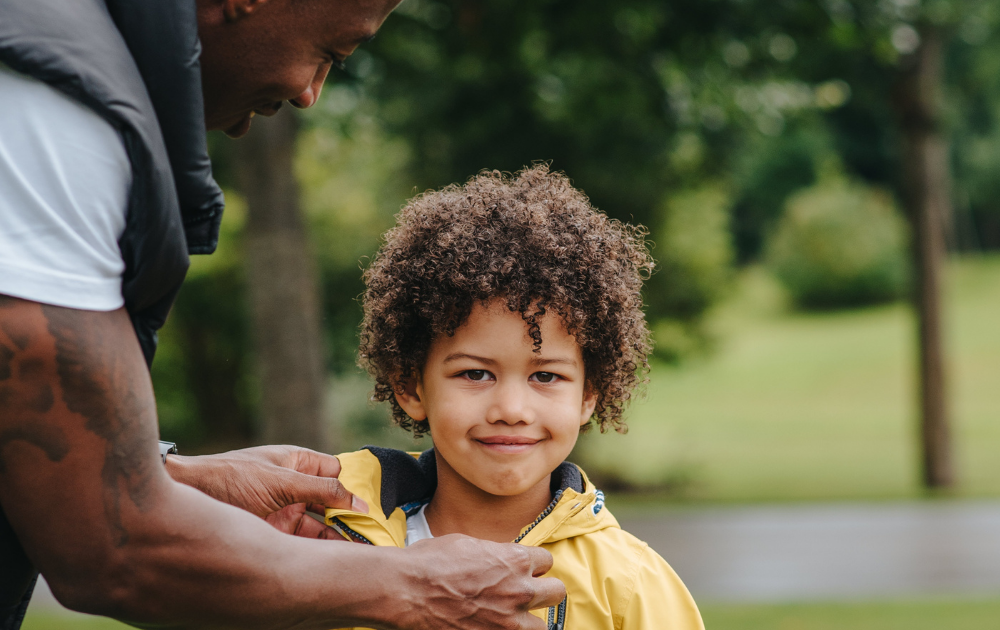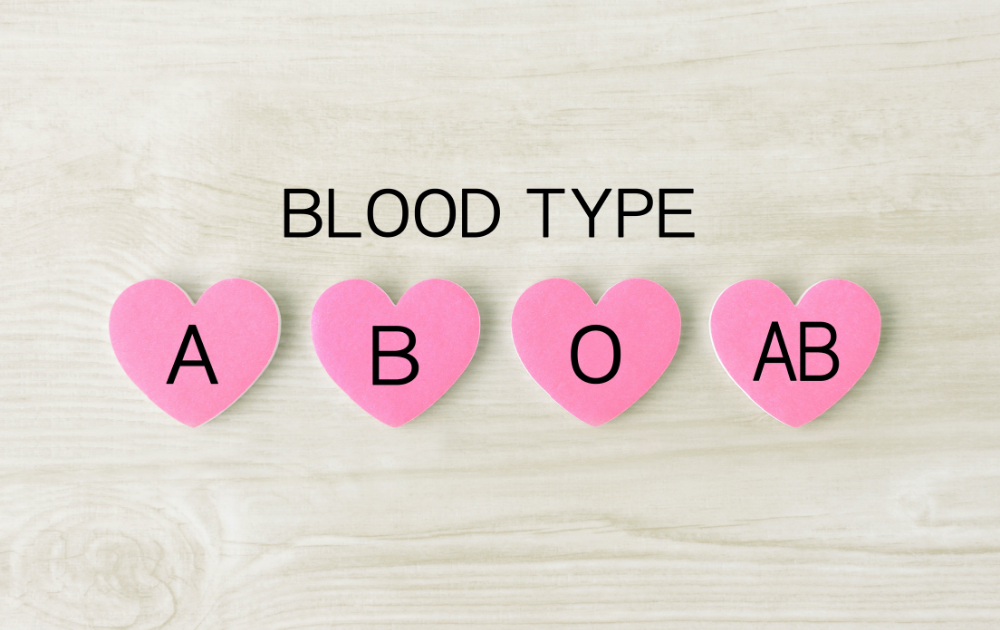
17 Sep The Child Safety Kit: Why You Should Have One For Your Child
From the moment a child is born, parents love, protect, and guide them like no other person ever will.
The thought of any child getting hurt – a skinned knee, a head bump at the park, an injury on the skating rink in winter – is almost unbearable for parents. The notion of a child being seriously harmed is terrible for all of our society, but for the parents? Let’s be honest: it is sheer torture.
No parent can put their child in a protective bubble that ensures no harm will come to them, physically or emotionally. While skating accidents and falls on a rocky shoreline or injuries obtained at sporting games are all bad, there is one kind of harm that trumps them all.
A child who just vanishes, perhaps because of a kidnapping.
No parent wants to muse this possibility, partly because the chances of it happening are so remote, but also because the thought of a stranger abduction is too horrible to contemplate. Parents feel helpless in these rare situations. But there is something you can do to help should this nightmare scenario come true.
You can provide law enforcement agencies with the child safety kit you’ve put together for your little one.
Before you decide that even thinking about such a thing is too terrible to contemplate, consider this: in 2019, according to the Federal Bureau of Investigation (FBI) statistics, 421,394 children in America were missing. The number borders on the surreal. According to an organization devoted to this very issue, the National Center For Missing and Exploited Children (NCMEC) the total includes any child about whom a missing person report has been filed to police and other law enforcement agencies right across the country. Not all these children have been kidnapped – some got lost, some may have run away without leaving word for their parents – but no matter the cause, the fact remains that a child safety kit would help bring each one of those children home.
What is a child safety kit? Let us explain:
A safety kit contains the following information, all of which helps identify missing children when, or, more accurately if, they are found.
1. A set of fingerprints. If you decide to put this kit together yourself rather than ordering a free one from NCMEC, you’ll need an ink pad and paper to record your child’s prints.
2. A record of your child’s blood type.

3. Information that helps identify your child, including hair and eye color, height, weight, ethnicity, and date of birth.
4. A sample of their DNA, perhaps an old toothbrush or even a discarded, used bandage.
5. All emergency contact information, for both parents and any other caregiver in the child’s circle. This information must be updated if, for example, your nanny moves away and a new one is hired in their stead.

6. First, middle and last name. Include nicknames, too – for example, if your child’s name is Rebecca but she has used Becky since birth, be sure to make a note of that.
7. A recent photograph, even two. Be sure to update these every year or so, as the kit’s contents must be as current as possible.

8. Family doctor’s name and contact information, if possible.

9. Make note of any unusual features your child may have, including a birthmark or scar.
Other, less nefarious than kidnapping events occur, too, circumstances in which a child safety kit is a godsend. For example, a child who is on the autism spectrum may wander away from family while on vacation in unfamiliar surroundings, and a child safety kit is an extremely helpful tool in finding that child before tragedy happens. A child safety kit is an enormous help to investigators when a child goes missing under any circumstances. Not all are kidnapped by strangers, of course; some children in the FBI database are children who have run away, and some may have been the victim of a family abduction. In the latter case, a child is taken by a disgruntled spouse and relocated to parts unknown, sometimes across the country and sometimes out of the country.
NCMEC provides parents with free safety kits. The group can be reached at:
http://www.missingskids.org/home
A missing child is always a tragedy, but perhaps even worse is the possibility of never knowing what happened to them. NCMEC has helped police locate and identify many children, unfortunately often when nothing is left but remains. But for parents who have no idea what happened to their child, bringing remains home and burying them properly offers closure, and brings a certain relief to the anguish they endured.
A word of caution on child safety kits: NCMEC and the FBI both note that no parent should provide private information on their child to a source they are not certain of. They encourage families to contact legitimate law enforcement agencies before turning over any private details about their child.
Child safety kits are a precaution – nothing else – in an uncertain world. They stay firmly within the control of the family. No parent ever wants to need one, but if you do, and don’t have it, the frustration, grief and sadness are overwhelming.